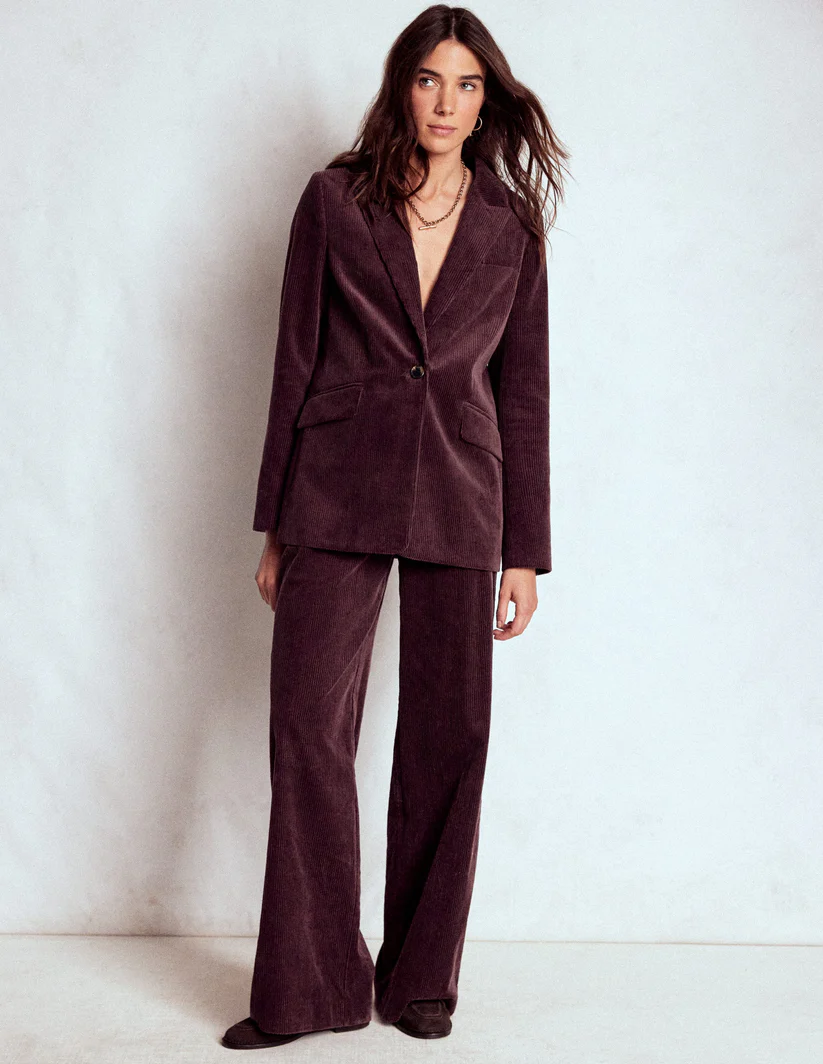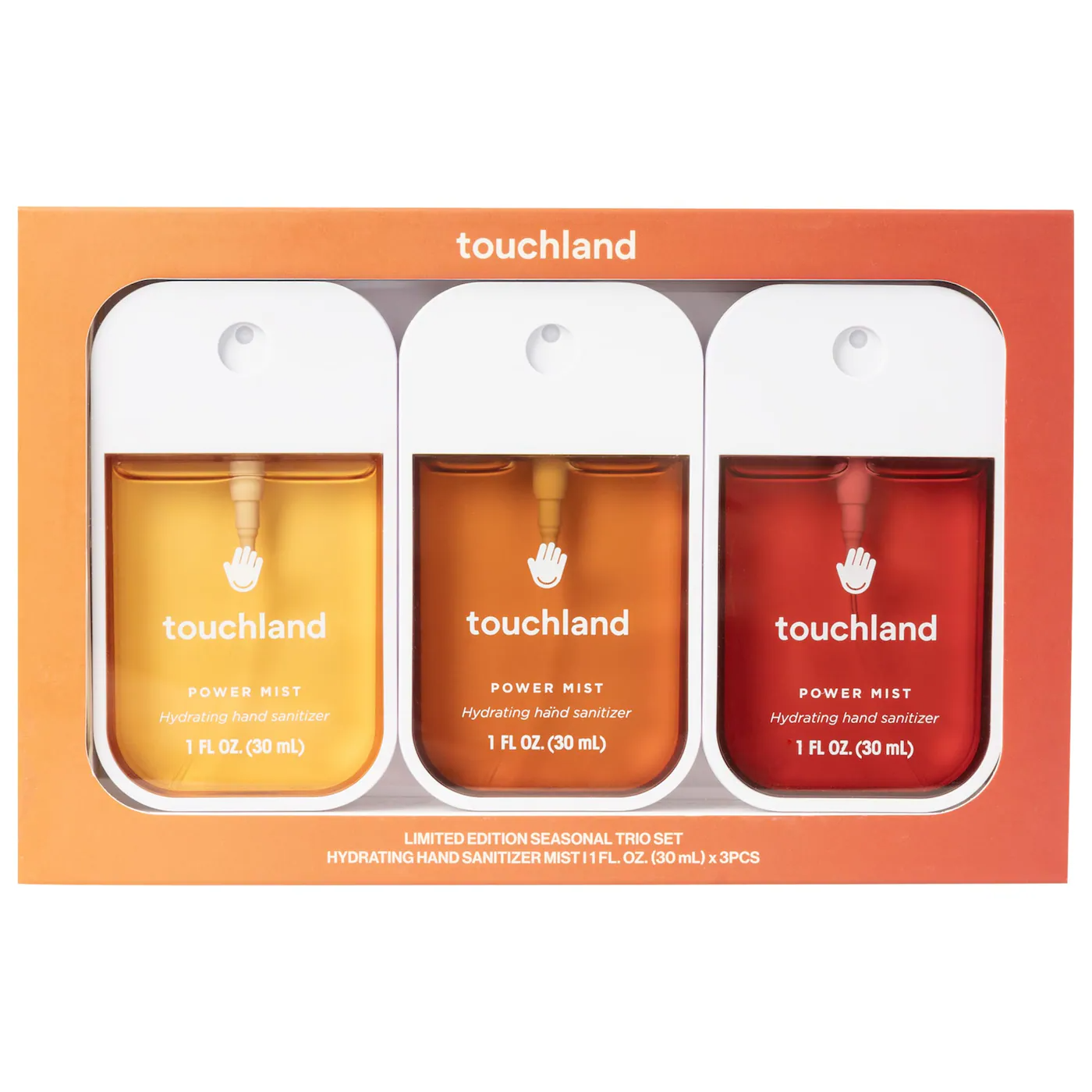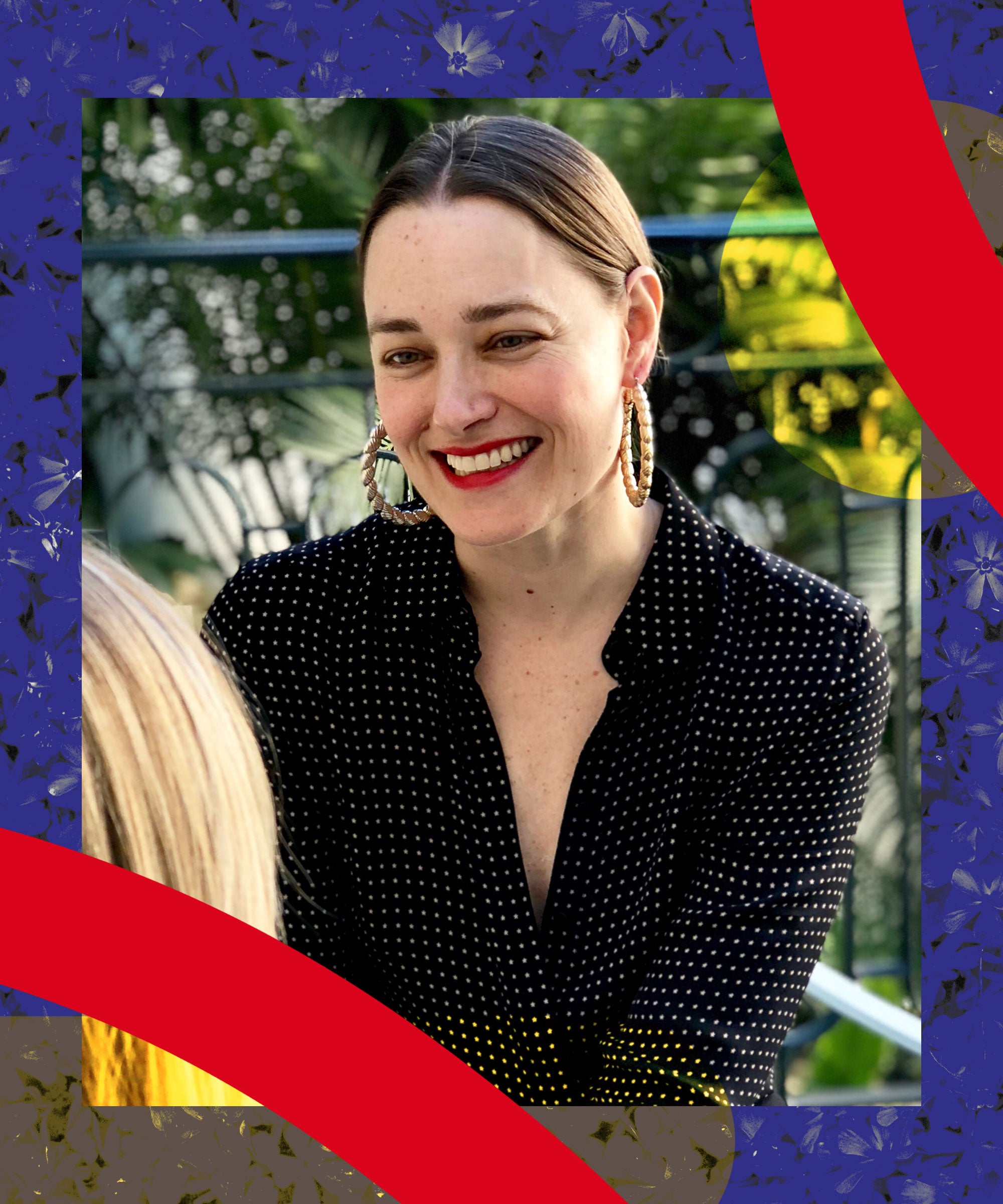
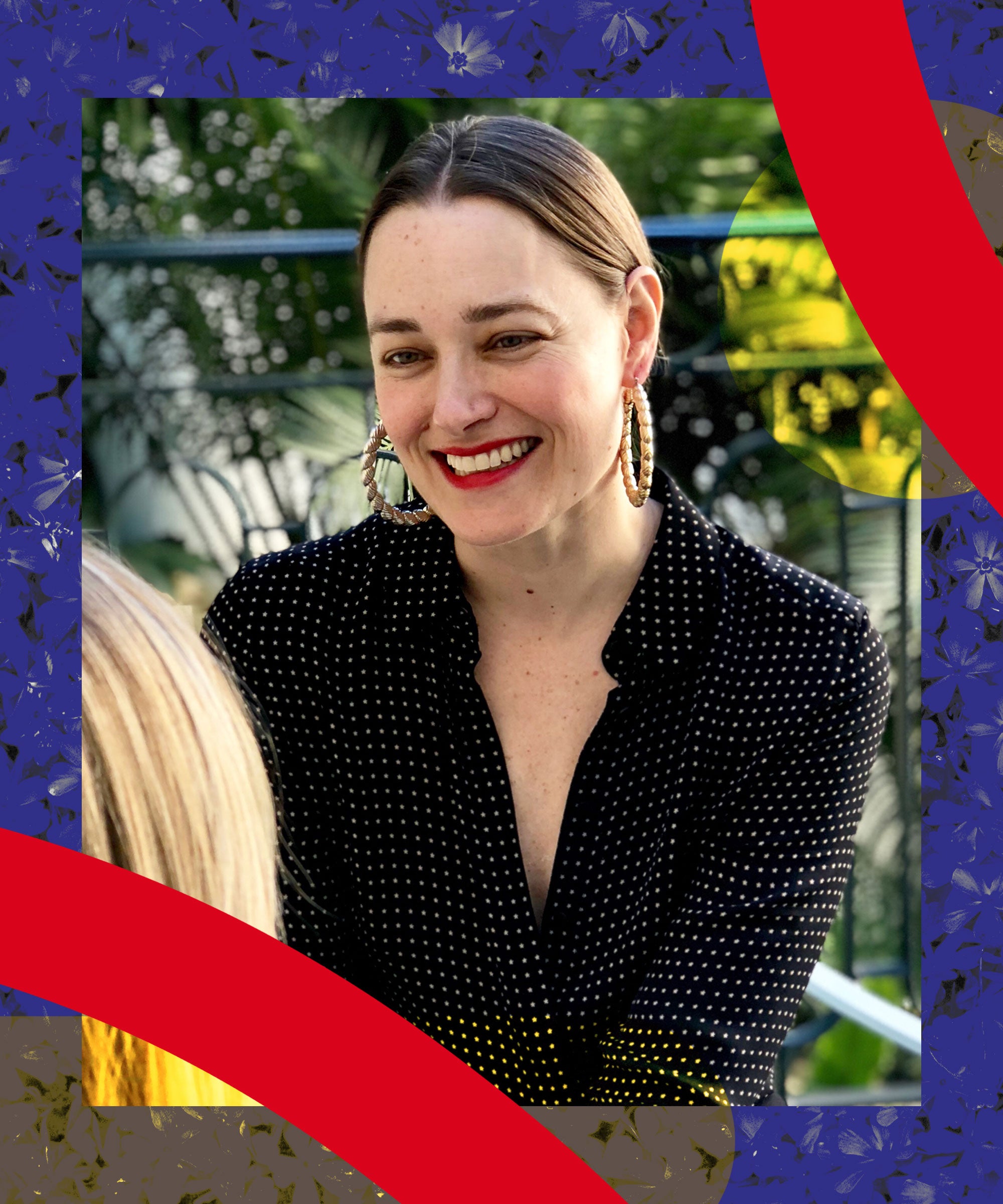
Ever since the coronavirus outbreak became a global pandemic, we’ve seen fashion companies and retailers laying off employees, furloughing others, and closing for an indeterminate future. Unemployment, at 32%, is higher than it’s ever been before (it was at 25% during the Great Depression). But what does this indicate for the future of fashion and retail? I don’t think any of us saw this coming; however, I have hope about the future of fashion. As a recruiter in the fashion space, I am familiar with the ups and downs of the industry. This is what I predict.
The wholesale model — in which department and specialty stores buy product from fashion brands at a wholesale price and then mark it up and sell it at retail price to the end consumer — was already broken, and now may disappear altogether. It’s challenging for both sides to make money this way because of over-distribution, markdowns, and returns. Some bigger luxury companies have taken back control of their brands by instead leasing space within the department stores and staffing their own “shop in shops” as they would their own stand-alone retail stores. Louis Vuitton, Dior, Prada and others have been doing this for many years. In this scenario, the companies own their product, employees, visuals, and they also capture the loyal department store customer — be it Saks, Bloomingdale’s, or Neiman Marcus. I see this trend continuing as Nordstrom’s new NYC store opened with numerous brand partnerships or “pop ups” including Christian Louboutin, Burberry, and Everlane. Fashion companies will continue to build relationships with other brands, stores, and partners. We see designers collaborating with (sometimes) the most unlikely of brands (like Dries Van Noten x Christian Lacroix, Fila x Chupa Chups, Museum of Ice Cream x Sephora, Ikea x Off White) and I don’t see this trend disappearing. However, more of them will do it online, and many of the players will not survive this.
Many fashion brands are shifting their strategy from being overly reliant on wholesale to instead building their own physical retail stores, growing the direct to consumer and e-commerce businesses, and focusing on brand partnerships and other alternate revenue streams such as licensing for fragrance and eyewear. Storytelling or “brand marketing” is a fast-growing and ever-more important function for brands to develop and hire into, as well. Will brick and mortar retail disappear? I don’t think so, but I believe we will see smaller shop-and-go formats across all sectors. We have seen this recently with Target stores in Manhattan. Luxury and contemporary brands will still want to have a presence in major cities, as it’s important for brand recognition, but the size and number of stores will be more carefully considered. I doubt we will see as many locations and large scale flagship stores as we do now, as it’s too risky and expensive. And we have to be prepared for another shutdown like this to happen again, because it likely will.
I predict we will see investment in more personalized, VIP client services and customization as consumers value relationships and individualized experiences. We see women entrepreneurs on Instagram like Gabriel Waller sourcing out-of-stock luxury goods for her clients all over the world. Luxury brands are investing in CRM and loyalty programs like never before. Top 1% of VIP clients at fashion brands account for millions of revenue every year. Companies will continue to nourish relationships with those top clients and much of this can happen through text, What’s App, Facetime, and Zoom. CRM, digital marketing and Artificial intelligence (AI) will be an area of growth for hiring.
We see consumers caring more about buying sustainable goods and we see companies rushing to catch up and build a strategy that adapts to changing consumer values. Every new start-up claims to have some element of sustainability to it, and a give-back mission as well. We will see this more as bigger companies expand their sustainability efforts from just the communications team to hiring someone in every area of the business who deeply understands what it means to be sustainable and how to execute that strategy. Carrie Phillips, one of the partners of BPCM a top global Communications and PR firm, is teaching companies how to build a sustainable business from the ground up and advising brands on how to incorporate sustainability into their DNA, platforms and supply chains.
This is something every company must do if they expect to survive. I anticipate recruiting more talent into sustainability-focused roles in the years to come.
In the short term, we will see brands innovating and adapting to our new reality. It’s time! Certainly we will see brands producing face masks and gloves. We already see designers and fashion brands volunteering to make PPE and hand sanitizer and donating them to hospitals but I think every household will want to buy washable gloves and masks in stylish patterns and materials immediately. I see a business opportunity.
Sales of food and essentials are skyrocketing. Smart business entrepreneurs may shift their businesses to provide more of what people need and not just what people want. This includes wellness products, CBD, immune-boosting supplements but also clothes you can wear at home that are chic, stylish, and comfortable. Will there be a shift to more casual work from home wear? Suzie Kondi is having a moment with her reboot of the velour tracksuit. The company confirms that average daily sales have doubled since February in this period. Athleisure will continue to see growth with at-home workouts. Beauty and skin care will continue to thrive, especially the clean, non toxic and sustainable brands.
I also predict more businesses emerging that teach us how to do it all ourselves (DIY). We should see more delivery and drive-through services, yes, but also experts teaching us how to do it all at home, and fashion and beauty brands producing goods to support that. We will learn how to cook, clean, exercise, style our hair, do our makeup, style our daily look.
YouTube and TikTok will continue to explode. Prada is courting teen TikTok star Charli D’Amelio with her 43.8 million followers as she attended her first Milan fashion show in February, sitting front row with fashion and beauty brand partnerships head Derek Blasberg. Similarly, Celine announced teen TikTok personality Noen Eubanks as a brand ambassador with his 10.5 million fans back in December. Fashion wants Gen Z, and is prepared to do what it takes.
Will fashion change forever? Yes. Will it die? Never.
COVID-19 has been declared a global pandemic. Go to the CDC website for the latest information on symptoms, prevention, and other resources.
Like what you see? How about some more R29 goodness, right here?
The Long-Term Effects Of Coronavirus On Fashion

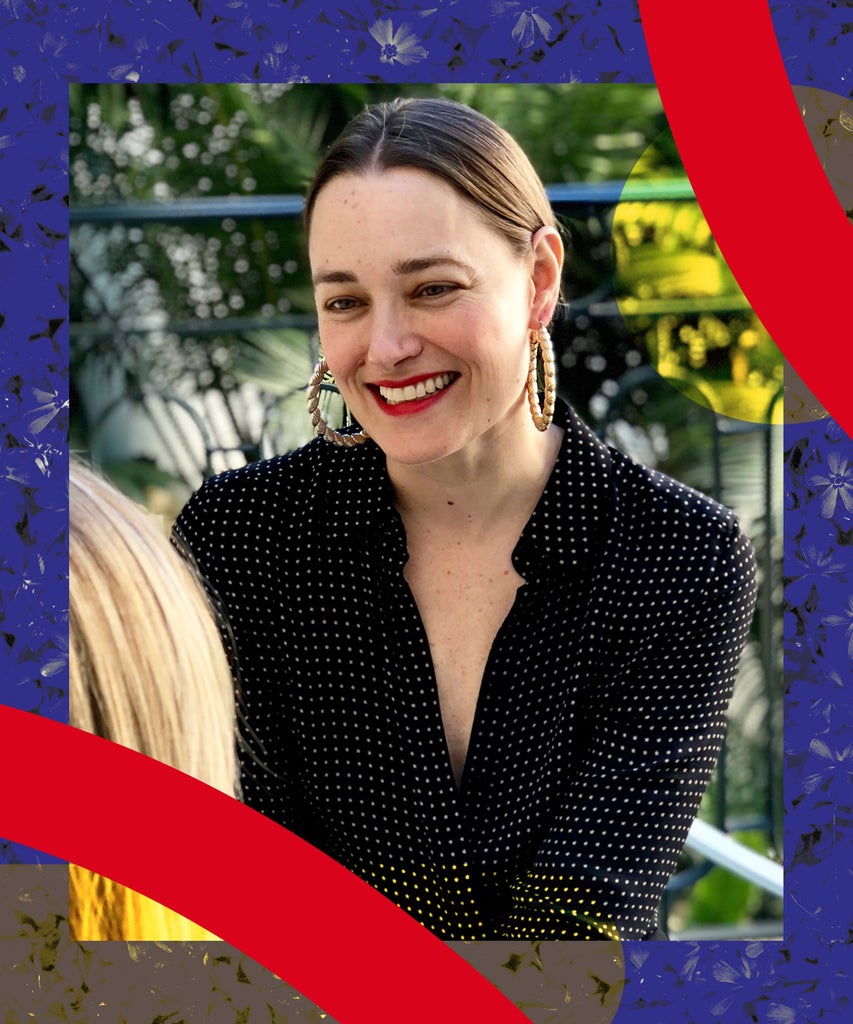
Ever since the coronavirus outbreak became a global pandemic, we’ve seen fashion companies and retailers laying off employees, furloughing others, and closing for an indeterminate future. Unemployment, at 32%, is higher than it’s ever been before (it was at 25% during the Great Depression). But what does this indicate for the future of fashion and retail? I don’t think any of us saw this coming; however, I have hope about the future of fashion. As a recruiter in the fashion space, I am familiar with the ups and downs of the industry. This is what I predict.
The wholesale model — in which department and specialty stores buy product from fashion brands at a wholesale price and then mark it up and sell it at retail price to the end consumer — was already broken, and now may disappear altogether. It’s challenging for both sides to make money this way because of over-distribution, markdowns, and returns. Some bigger luxury companies have taken back control of their brands by instead leasing space within the department stores and staffing their own “shop in shops” as they would their own stand-alone retail stores. Louis Vuitton, Dior, Prada and others have been doing this for many years. In this scenario, the companies own their product, employees, visuals, and they also capture the loyal department store customer — be it Saks, Bloomingdale’s, or Neiman Marcus. I see this trend continuing as Nordstrom’s new NYC store opened with numerous brand partnerships or “pop ups” including Christian Louboutin, Burberry, and Everlane. Fashion companies will continue to build relationships with other brands, stores, and partners. We see designers collaborating with (sometimes) the most unlikely of brands (like Dries Van Noten x Christian Lacroix, Fila x Chupa Chups, Museum of Ice Cream x Sephora, Ikea x Off White) and I don’t see this trend disappearing. However, more of them will do it online, and many of the players will not survive this.
Many fashion brands are shifting their strategy from being overly reliant on wholesale to instead building their own physical retail stores, growing the direct to consumer and e-commerce businesses, and focusing on brand partnerships and other alternate revenue streams such as licensing for fragrance and eyewear. Storytelling or “brand marketing” is a fast-growing and ever-more important function for brands to develop and hire into, as well. Will brick and mortar retail disappear? I don’t think so, but I believe we will see smaller shop-and-go formats across all sectors. We have seen this recently with Target stores in Manhattan. Luxury and contemporary brands will still want to have a presence in major cities, as it’s important for brand recognition, but the size and number of stores will be more carefully considered. I doubt we will see as many locations and large scale flagship stores as we do now, as it’s too risky and expensive. And we have to be prepared for another shutdown like this to happen again, because it likely will.
I predict we will see investment in more personalized, VIP client services and customization as consumers value relationships and individualized experiences. We see women entrepreneurs on Instagram like Gabriel Waller sourcing out-of-stock luxury goods for her clients all over the world. Luxury brands are investing in CRM and loyalty programs like never before. Top 1% of VIP clients at fashion brands account for millions of revenue every year. Companies will continue to nourish relationships with those top clients and much of this can happen through text, What’s App, Facetime, and Zoom. CRM, digital marketing and Artificial intelligence (AI) will be an area of growth for hiring.
We see consumers caring more about buying sustainable goods and we see companies rushing to catch up and build a strategy that adapts to changing consumer values. Every new start-up claims to have some element of sustainability to it, and a give-back mission as well. We will see this more as bigger companies expand their sustainability efforts from just the communications team to hiring someone in every area of the business who deeply understands what it means to be sustainable and how to execute that strategy. Carrie Phillips, one of the partners of BPCM a top global Communications and PR firm, is teaching companies how to build a sustainable business from the ground up and advising brands on how to incorporate sustainability into their DNA, platforms and supply chains.
This is something every company must do if they expect to survive. I anticipate recruiting more talent into sustainability-focused roles in the years to come.
In the short term, we will see brands innovating and adapting to our new reality. It’s time! Certainly we will see brands producing face masks and gloves. We already see designers and fashion brands volunteering to make PPE and hand sanitizer and donating them to hospitals but I think every household will want to buy washable gloves and masks in stylish patterns and materials immediately. I see a business opportunity.
Sales of food and essentials are skyrocketing. Smart business entrepreneurs may shift their businesses to provide more of what people need and not just what people want. This includes wellness products, CBD, immune-boosting supplements but also clothes you can wear at home that are chic, stylish, and comfortable. Will there be a shift to more casual work from home wear? Suzie Kondi is having a moment with her reboot of the velour tracksuit. The company confirms that average daily sales have doubled since February in this period. Athleisure will continue to see growth with at-home workouts. Beauty and skin care will continue to thrive, especially the clean, non toxic and sustainable brands.
I also predict more businesses emerging that teach us how to do it all ourselves (DIY). We should see more delivery and drive-through services, yes, but also experts teaching us how to do it all at home, and fashion and beauty brands producing goods to support that. We will learn how to cook, clean, exercise, style our hair, do our makeup, style our daily look.
YouTube and TikTok will continue to explode. Prada is courting teen TikTok star Charli D’Amelio with her 43.8 million followers as she attended her first Milan fashion show in February, sitting front row with fashion and beauty brand partnerships head Derek Blasberg. Similarly, Celine announced teen TikTok personality Noen Eubanks as a brand ambassador with his 10.5 million fans back in December. Fashion wants Gen Z, and is prepared to do what it takes.
Will fashion change forever? Yes. Will it die? Never.
COVID-19 has been declared a global pandemic. Go to the CDC website for the latest information on symptoms, prevention, and other resources.
Like what you see? How about some more R29 goodness, right here?
The Long-Term Effects Of Coronavirus On Fashion


